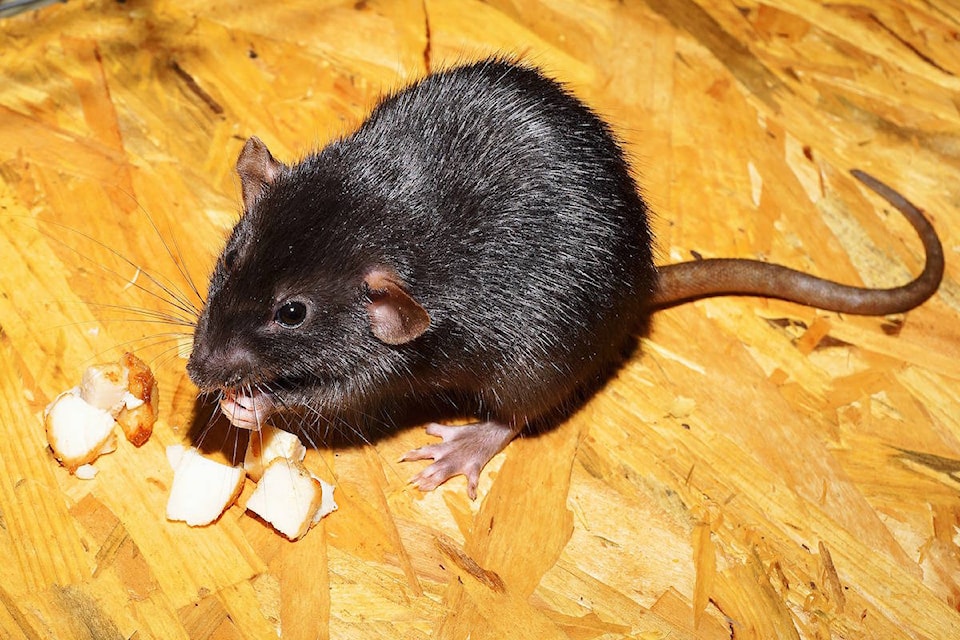Several cases of salmonella across six provinces prompted the Public Health Agency of Canada and provincial public health partners to launch an investigation into the outbreak.
A notice from the Public Health Agency of Canada said exposure to snakes and rodents is the likely source of the outbreak, with many individuals who became sick reporting direct or indirect contact with snakes, pet rats and feeder rodents that are used as reptile food.
As of Dec. 10, there are 92 confirmed cases of salmonella typherium illness in B.C., Ontario, Quebec, New Brunswick, Nova Scotia and Newfoundland and Labrador.
There have been four confirmed cases in B.C. and the most – 52 cases – in Quebec.
Individuals became sick between April 2017 and October 2019. Six individuals have been hospitalized and no deaths have been reported. The people who became ill are between the ages of zero and 88 and just over half of the cases are female.
READ ALSO: Source unknown: B.C. among six provinces seeing enduring salmonella outbreak
The Agency said the investigation began in the fall because of an increase in reports of salmonella illnesses in multiple places across Canada. Cases are still being reported as the investigation continues.
Using a laboratory method called whole genome sequencing, investigators were able to determine that some illnesses dating back to 2017 and 2018 have the same genetic strain as the illnesses that occurred in 2019.
In Canada, salmonella typherium is common with an average of 750 cases reported per year, according to the Public Health Agency of Canada. The Agency said there have been past outbreaks of salmonella illnesses that have been linked to snakes and rodents.
While anyone can become sick with salmonella, children aged 5 years and under, older adults, pregnant women or people with weakened immune systems are at higher risk for contracting serious illness.
The Agency said most people who become ill from salmonella will recover fully after a few days. It is also possible that some people could be infected with the bacteria but not get sick or show symptoms. They can, however, still spread the infection to others.
READ ALSO: Compliments brand chicken strips recalled due to salmonella risk
Symptoms of a salmonella infection typically start six to 72 hours after exposure to the bacteria from an infected animal person or contaminated product. Symptoms include fever, chills, diarrhea, abdominal cramps, headache, nausea and vomiting and usually last for four to seven days.
Some steps to reduce the risk of becoming ill after handling reptiles, rodents and other environments are to wash hands immediately after touching a reptile or rodent and anything to eat, or after being in the area where they live, play or touch.
Surfaces or objects that a reptile or rodent has touched should be regularly cleaned with soapy water followed by a household sanitizer.
The public is advised to never kiss a pet rodent or reptile. Stress for a reptile can also increase shedding of salmonella.
More information about salmonella can be found at canada.ca/en/public-health/services/diseases/salmonellosis-salmonella.html.
More information about keeping pets and their owners healthy can be found at canada.ca/en/public-health/services/publications/healthy-living/healthy-animals-healthy-people.html.
